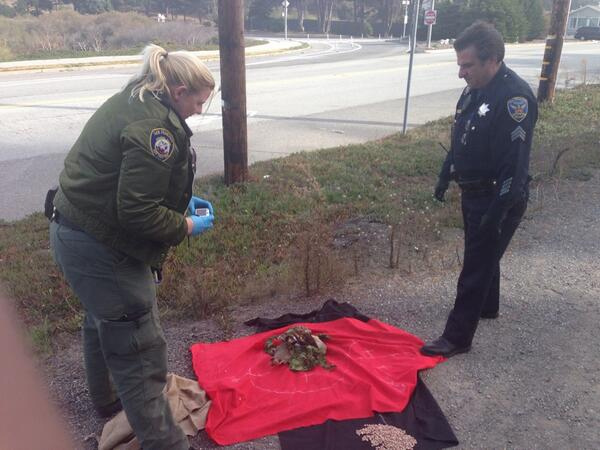
Jade Bassett's legs were severely gouged in the attack.
A 13-year-old girl suffered a vicious
25-minute attack by two kangaroos while out jogging in the bush in Australia.
Jade Bassett was left bleeding with deep scratches down her legs as well as injuries to her face and arm after confronting the two eastern grey kangaroos in bushland in Oakhampton in the Hunter region of New South Wales.
Her grandfather, Kevin Henderson, had taken her to the track and sat down on a bench to wait for her to return from a 15-minute run.
Bassett had only jogged about 10 metres when she spotted kangaroos, two of which she said were "really big" and one slightly smaller, though still bigger than her.
As she ran towards them they did not move, which Bassett said she found strange, but did not give it much thought as she ran around them.
As she ran past one bounded up beside her and she moved to let it reach the scrub.
"I thought it was weird but I kept running. You usually don't see them beside you, they usually move away," she said.
"I kept going and then I heard a really loud, grunting, hissing, sound. It scared the absolute nutter out of me."

Comment: See also: Ice Age Cometh: Snowy Owl invasion coming in North America?
Maine experiencing a Canadian owl invasion
Incredible Hawk Owl invasion in Estonia!
Huge Snowy Owl invasion becomes official in Canada and U.S.
Thousands of Hawk Owls descend on Finland as food in northern Russia runs out